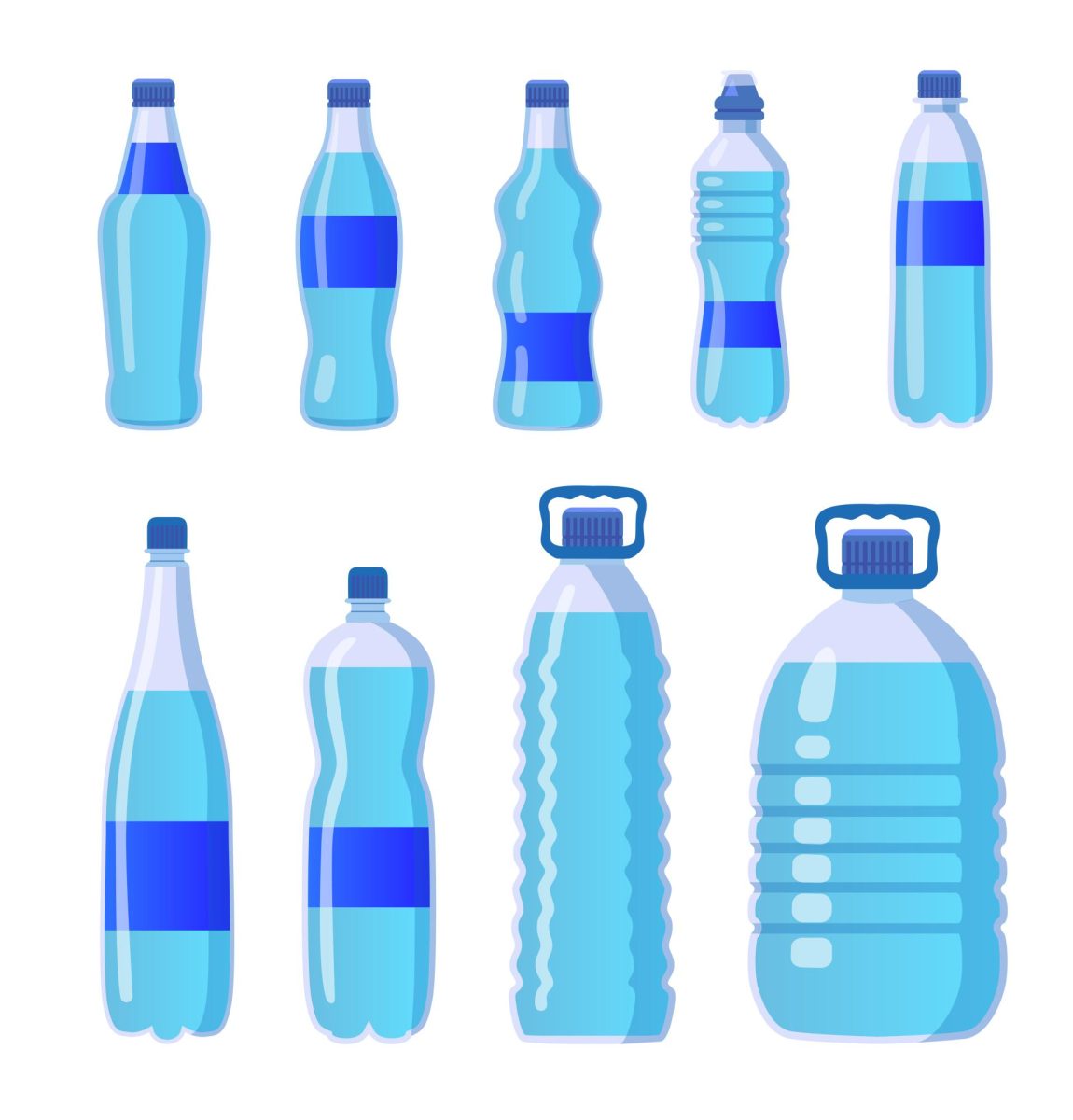Reusable water bottles are the perfect way to practice environmental mindfulness, creating an easy, straightforward way to cut back on single-use plastics while keeping yourself hydrated.
Along with cutting back on plastic straws, reusable water bottles are practically the key to saving the turtles. But, in recent years, the turtles have been pushed to the back of our minds, and we have instead morphed our reusable tumblers into the perfect example of consumerism and microtrends.
Microtrends surrounding brands like Hydro Flask, Stanley, and Owala, have made long-term, sustainable purchases that will throw you into a revolving door of consumerism.
Rather than owning one or two dependable water bottles that will keep plastic out of our already harmed oceans, many people have begun to feel compelled to hop from trend to trend, buying each new water bottle that goes in style, along with multiple accessories for them.
The true start of it all, the Hydro Flask, swept through the masses of teenagers in the late 2010s. A major key to its popularity was its associations with the “VSCO girl” aesthetic, where it became more than a sustainable source of hydration and instead grew to be a staple of an entire style.
Yet, as the wave of VSCO girls began to subside, they took their Hydro Flasks with them; paving the way for a new tumbler to rise. The Stanley Cup blew up overnight, becoming a go-to accessory for influencers and typical users alike.
The Stanley Cup popularized that suddenly, owning a water bottle wasn’t all about its environmental purpose–it was about the style. With its distinct oversized handle and retro design, the Stanley quickly took center stage in this new wave of tumbler trends.
Chaos in Targets, fights over limited edition patterns, and social media trends all characterized these new tumblers.
A new trend on social media platforms, such as TikTok and Instagram, began featuring “Pack my Stanley with me” videos, where creators can be seen choosing from drawers full of different colored tumblers and adding everything from mini bags, chapstick holders, and charms to special straw toppers and ice molds made for their tumblers.
While these videos are entertaining, they present a clear image of consumerism and how it has taken over a product that was originally supposed to serve an opposite purpose to its present day use.
But, Stanley’s are so yesterday’s news, it’s time for a new water bottle. With a built-in straw and plenty of colorful designs to pick from, Owala bottles have joined the roster of colorful bottles to grace the public.
Continuing with the microtrends, these water bottles have perpetuated the idea that owning just one or two bottles isn’t enough; you need to collect even more to match different outfits, aesthetics, and styles.
Fast fashion has somehow made its way to everyday items, taking us farther and farther away from reducing our waste and embracing sustainability.
Platforms such as TikTok and Instagram thrive on the virality of overconsumption, with reusable water bottles being affordable compared to other luxury items in trends, it’s become incredibly easy to create trends with these easily accessible and easy to market customizable products.
Influencers are able to fuel this cycle of consumption by showcasing what they use, influencing others whether it’s through the product or the style of said product.
The overall issue is that the obsession with staying trends comes at an extreme environmental cost, where accumulating multiple water bottles and discarding perfectly good items for the latest fad dilutes the true purpose for the reusable tumblers.
As the product becomes more elaborate through handling features, new accessories, molds, and styles, the carbon footprint made by this overconsumption will continue to grow as well.
Ultimately, the solution lies in recognizing water bottles for what they are: practical, functional items that don’t need to follow trends. A reusable water bottle should last for years, not until the next aesthetic wave takes over. By resisting the pull of microtrends and focusing on utility, consumers can reclaim the original intention of these products. After all, the most sustainable water bottle isn’t the newest one on the market—it’s the one you already own.

